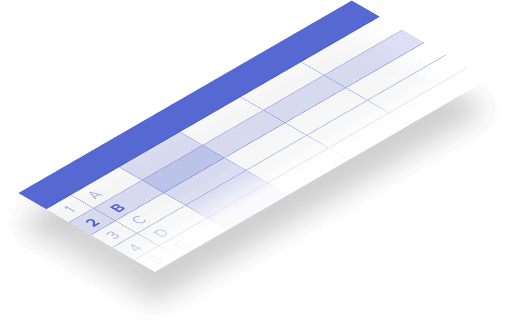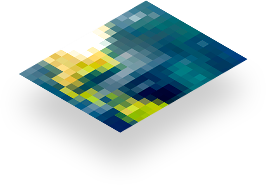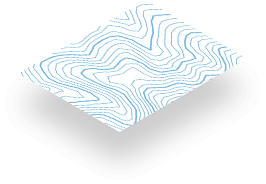What is digital naksha
Digital Naksha is online platform that allow its users to create, access and interact with diffrent kind of maps over internet. These Platform typically provide features such as:
-
Map Display - Showing Information of Assets features such as Pipeline, Roads, Lands, Electric grid, Gas grid and many more.
-
Map Create Facility - Users can create, upload, edit maps with respective attribute data
-
Zoom and Pan - enabling users to zoom in and out of maps and pan across different areas.
-
Layered Information - Displaying additional information layers, such as satellite imagery, street view and more.
-
Importing Various Types of Data - Users can import Shape File, Kml file, Dxf Files, CSV files and view analyze the data.
-
Querry the data - Users can perfrom Querry, Serch, Rule Base Query on Digital Naksha Portal.




















.png)




